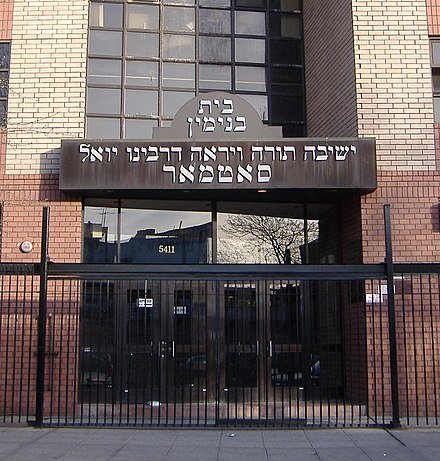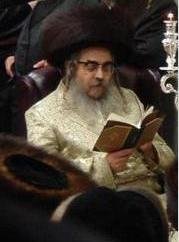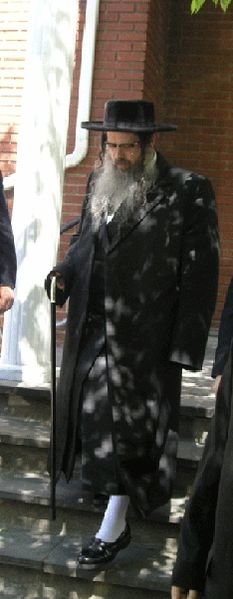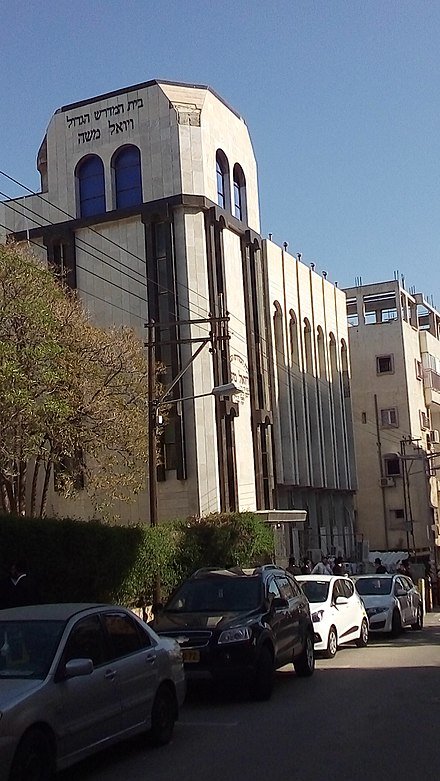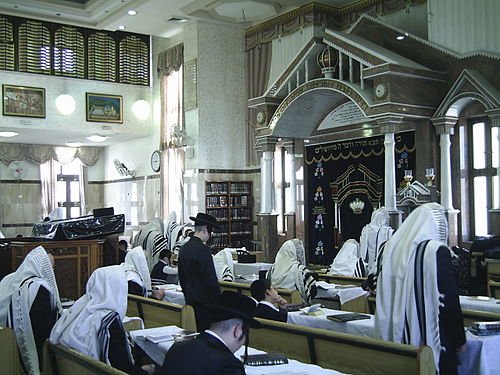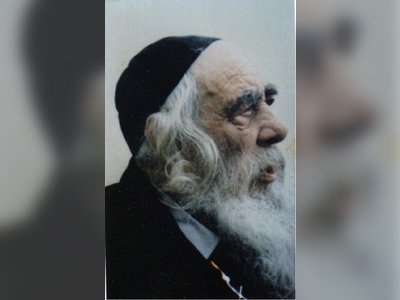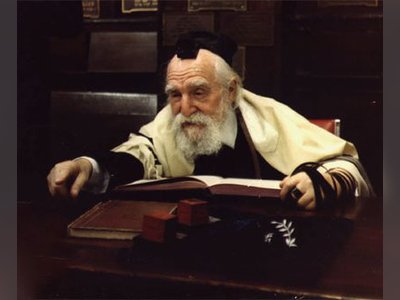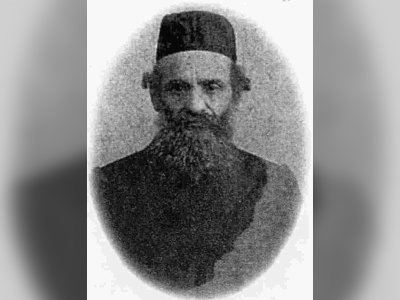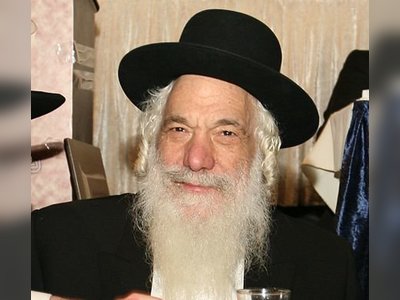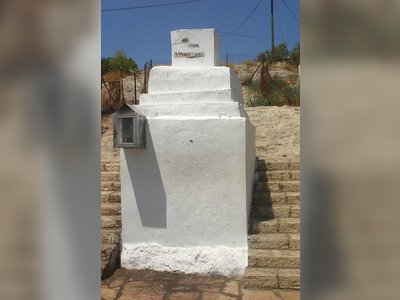The Satmar Hasidic Sect: A Tale of Faith and Division
The Satmar Hasidic sect, born in Transylvania and now rooted in Brooklyn, New York, has a rich history marked by its staunch opposition to Zionism and the State of Israel. It has grown rapidly and faced challenges, including leadership disputes, throughout its existence. Despite divisions within the community, Satmar Hasidism remains one of the largest and most influential Hasidic sects in the world, with a significant global presence.
In the early 20th century, a small Hasidic courtyard was founded in Satu Mare, Transylvania, which later became one of the largest Hasidic communities in the world.
Led by Rabbi Yoel Teitelbaum, this community, known as Satmar Hasidism, has a rich history marked by ideological opposition to Zionism and Israel. Over time, Satmar Hasidism spread its wings across the globe, particularly in New York, where it took root in the Williamsburg neighborhood of Brooklyn. This documentary-style article delves into the origins, growth, and divisions within the Satmar Hasidic sect.
Origins of Satmar Hasidism
Satmar Hasidism traces its roots back to 1905 when Rabbi Yoel Teitelbaum established a small Hasidic courtyard in Satu Mare, then part of Transylvania, now in Romania. This courtyard was an offshoot of the larger Siget Hasidic dynasty. Following World War II, the center of Satmar Hasidism relocated to Williamsburg, New York, where it emerged as one of the largest Hasidic communities globally.
After the passing of the first Grand Rabbi, who led the Satmar community, Rabbi Moses Teitelbaum took over. Upon his death in 2006, the community split between his two sons, Rabbi Aharon Teitelbaum, leading in Kiryas Joel, and Rabbi Zalman Leib Teitelbaum, leading in Williamsburg.
Ideological Stance
Satmar Hasidism is characterized by its zealous and ideological opposition to Zionism and the state of Israel. They believe that the establishment of a Jewish state should only occur with the coming of the Messiah. This stance sets them apart from many other Jewish communities who support the State of Israel.
Growth and Development
Over time, the support base for Satmar Hasidism grew steadily. In 1911, Rabbi Yoel Teitelbaum was appointed as the town rabbi in Oradea, and his followers became known as "Chassidei Orosheiwa." In 1920, the Treaty of Trianon transferred parts of northeastern Hungary, including the Siget Hasidim, to Romania and Czechoslovakia, leading many of Rabbi Chaim Zvi's followers to join his brother, Rabbi Yoel Teitelbaum. Rabbi Yoel Teitelbaum's leadership and influence grew, even though his elder son, Rabbi Yekusiel Yehudah Teitelbaum, inherited the title of Grand Rabbi of Siget.
Challenges and Adversities
During World War II, when the German army occupied Hungary and began deporting Jews to concentration camps, Satmar Hasidim attempted to rescue their Grand Rabbi. He was eventually captured and imprisoned in a local ghetto but survived the Holocaust. After the war, he emigrated to Switzerland. Tragically, many of his followers perished in the Holocaust alongside the rest of Hungarian Jewry.
In 1945, Rabbi Yoel Teitelbaum moved to Israel but, within a year, relocated to the United States.
Expansion in the United States
With the guidance of approximately seventy followers, Rabbi Teitelbaum re-established the Satmar community in Williamsburg, Brooklyn. In 1948, the "Congregation Yetev Lev D'Satmar, Inc." was founded, recognizing Rabbi Yoel Teitelbaum as its spiritual leader. Under his leadership, the Satmar community established extensive social services, emphasizing self-sufficiency and financial independence.
Education and Cultural Preservation
The Satmar community, like other Hungarian communities that settled in Brooklyn, maintained its independence from the established Orthodox-Lithuanian educational network. Instead, they established their own educational institutions, including the "Bais Rochel" network for girls. This move was unusual for the time but aligned with their desire to separate from the external world and promote the exclusive use of Yiddish among their members.
Rapid Growth
By 1961, the Satmar community in Williamsburg had 860 synagogues with approximately 4,500 members. It continued to attract new members, including many from other Hasidic communities. In 1968, Satmar counted 1,300 synagogues in New York City, solidifying its position as the largest Hasidic sect in the city.
Divisions and Leadership Succession
Following Rabbi Yoel Teitelbaum's death, a prolonged process of selecting his successor ensued. Eventually, a community council chose his nephew, Rabbi Moses Teitelbaum, as the next Grand Rabbi, despite some opposition, including from Rabbi Yoel's widow. However, Rabbi Moses Teitelbaum was recognized as the leader by the majority of the community.
In the early 2000s, divisions within the Satmar Hasidic sect began to emerge. Two factions, one led by Rabbi Aharon Teitelbaum and the other by Rabbi Zalman Leib Teitelbaum, developed, each with its own following. While no formal split occurred, tension and occasional violence marked their interactions, particularly in Kiryas Joel.
Global Presence
Satmar Hasidism continued to grow both in New York and globally. In 2006, sources reported that the community numbered around 119,000 members, with approximately 50,000 in Williamsburg and 19,000 in Kiryas Joel. Smaller Satmar communities existed in various countries, including Israel, the United Kingdom, Belgium, Montreal, São Paulo, and Melbourne.
- חסידות סאטמרhe.wikipedia.org
